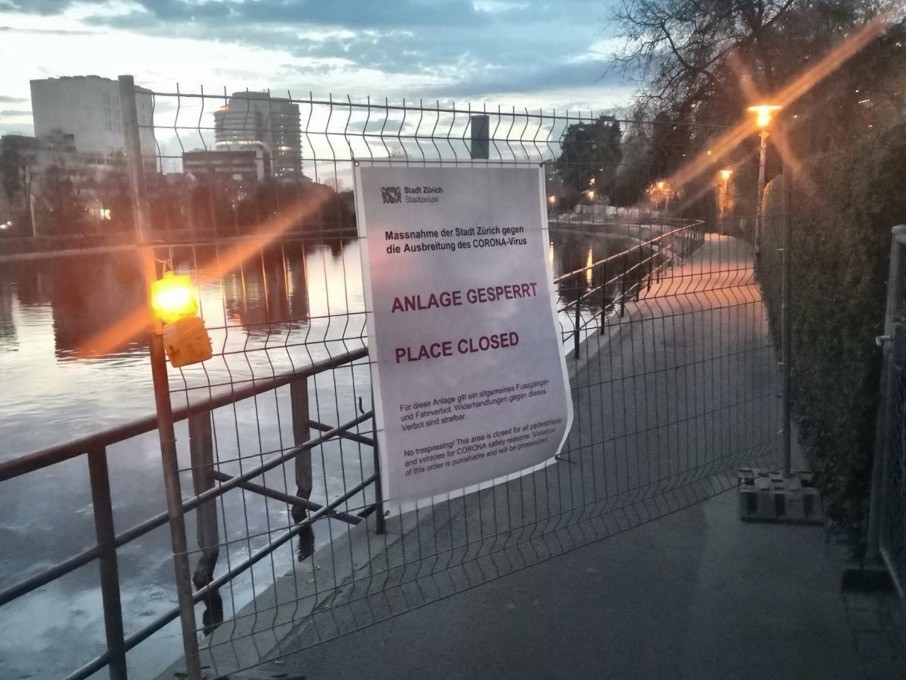
Green city areas are under pressure. Compact cities aim to reduce land consumption outside cities, but densification puts pressure on urban green areas. Will the existing green areas suffice for the increased demand during pandemics such as COVID-19? Using recent mobility data before and during the pandemic, we show how important urban green areas during a pandemic are and add recommendations to plan for more resilient cities.
Walking as a recreational activity not only enhances health and well-being, but helps shape neighbourhoods. Walking around a neighbourhood has not only a direct impact on the fitness of its inhabitants, but also influences the connection of people to a place, which has important psychological benefits such as feelings of belonging to a place and better security which, in turn, can motivate people to engage in local activities.
Demand and Supply of Green Areas
In order to understand the demand for and in particular the pressure on green areas in times of a pandemic, we calculated a ratio of demand for and supply of green areas in Switzerland before and during COVID-19. The sufficiency rate is based on the offer of surfaces that can be walked on, and the demand that is relative to the amount of people and their mobility patterns. For the offer, we considered every public area where walking is possible such as parks, sport facilities, pavements, and footpaths. For the demand, we used population data from the Swiss Federal Office of Statistics and movement patterns from MOBIS, a large-scale GPS tracking study, and its extension, MOBIS-COVID19.
Our findings suggest that peri-urban areas have a low sufficiency rate of green areas compared to city centres and that rural municipalities can also have a low supply of green areas compared to respective the demand. In addition, the mobility data also helped us study how a pandemic influences individual walking patterns. We observed that, under COVID-19, less persons went outside for leisure, but those who went walked farther on average. The results can be used to adapt the planning of cities in the near future, where stressors such as a growing population and virus pandemics are likely to occur.
Dr. Marcelo Galleguillos is a post-doctoral researcher with the Planning of Landscape and Urban Systems (PLUS) research group at ETH Zürich.
Prof. Dr. Adrienne Grêt-Regamey is chair of the Planning of Landscape and Urban Systems (PLUS) group at ETH Zürich.
Prof. Dr. Kay Axhausen is chair of the Institute for Transport Planning and Systems (IVT) at ETH Zürich.
Joseph Molloy is a PhD candidate at the Institute for Transport Planning and Systems (IVT) at ETH Zürich.